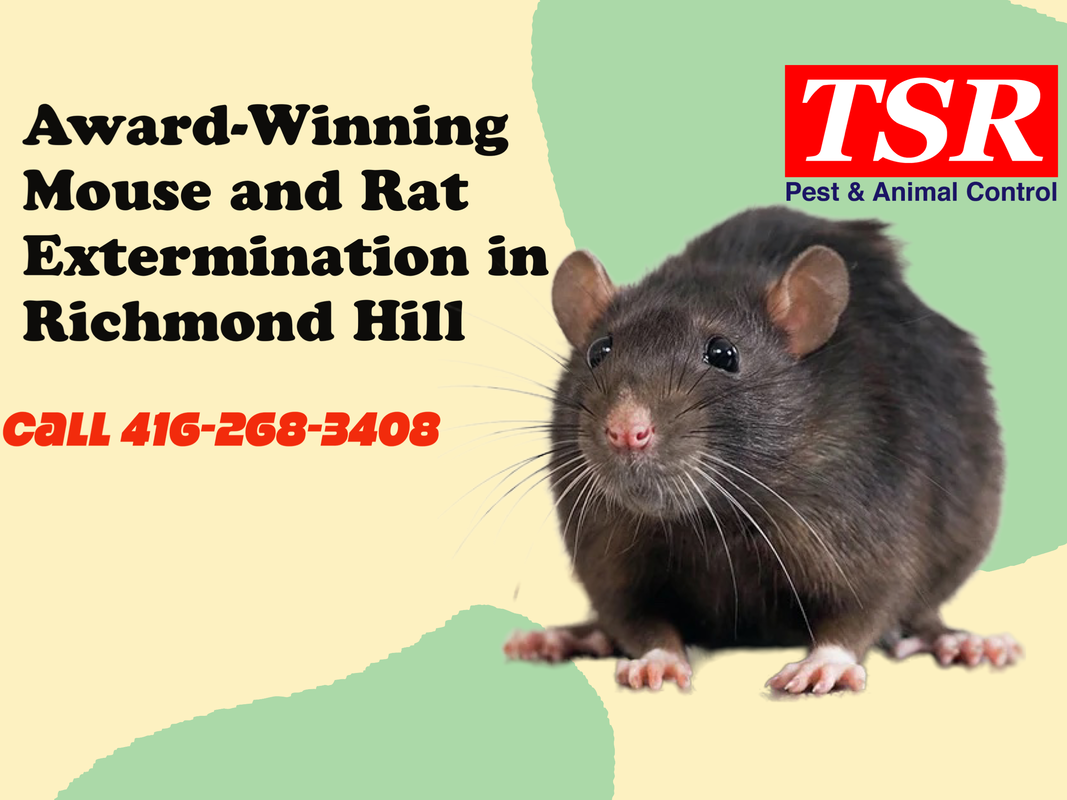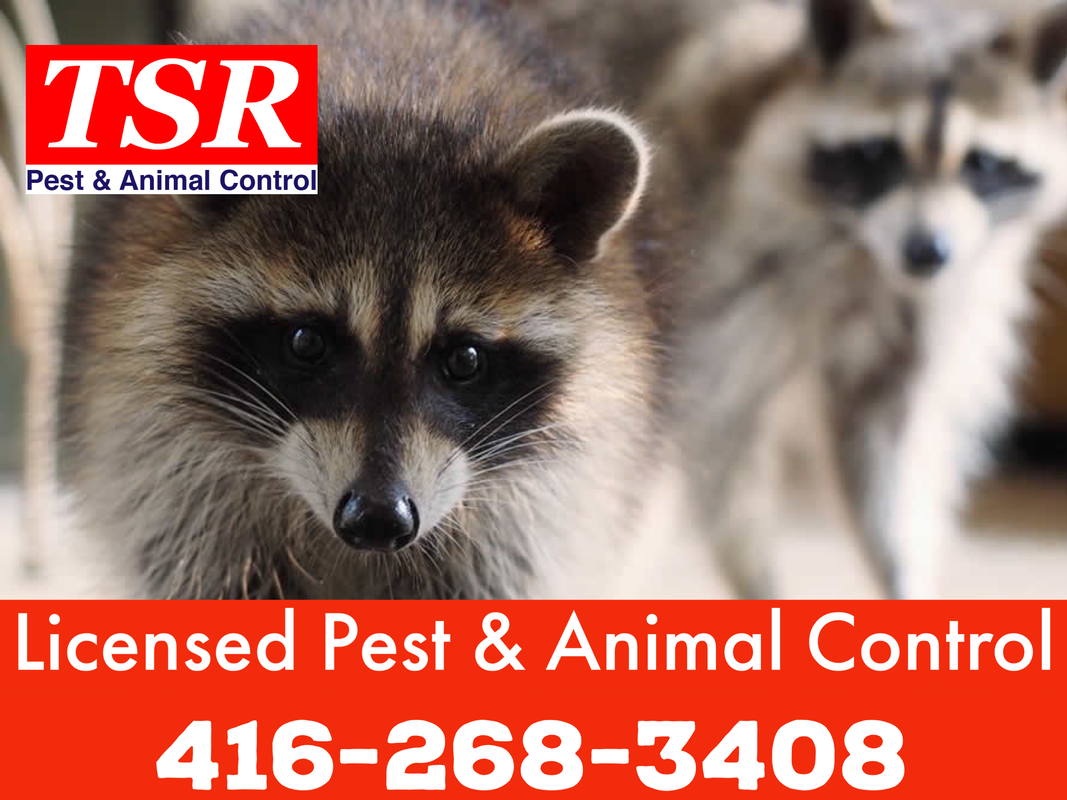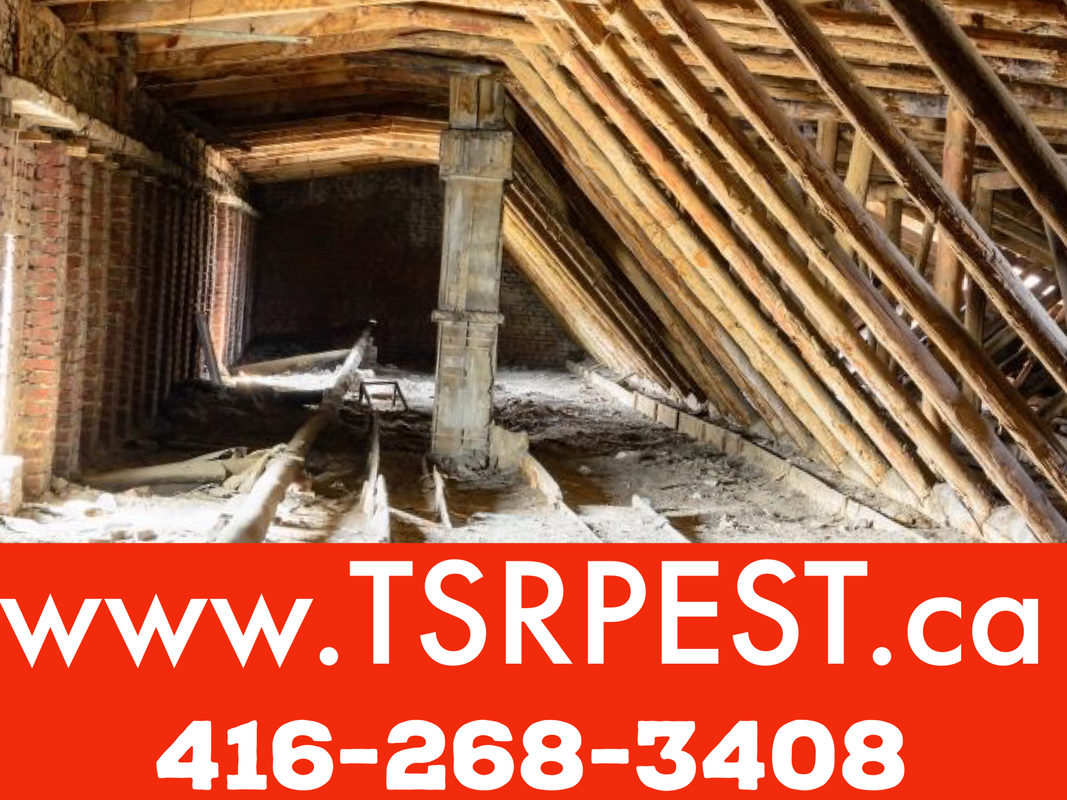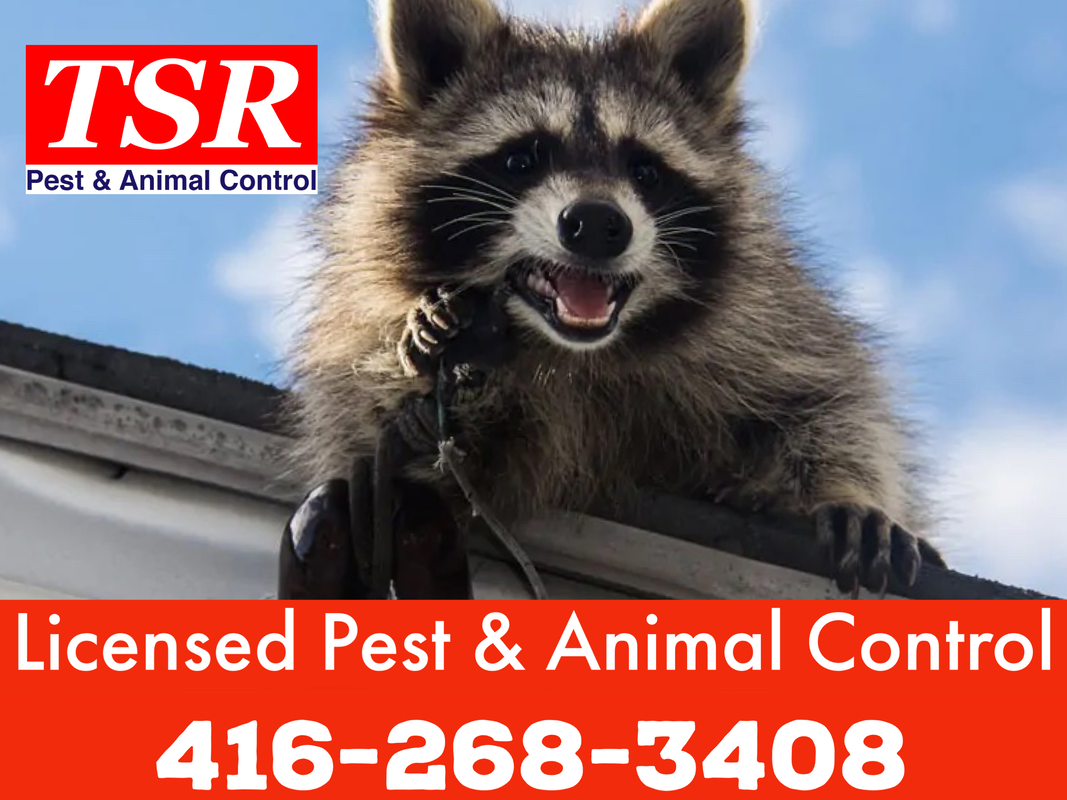|
Toronto, with its blend of urban and natural landscapes, is a city where humans and wildlife often find themselves as close neighbors. Among the most common uninvited guests are squirrels and raccoons, particularly fond of making their way into residential attics. These invasions are not just a nuisance but can lead to significant damage and health risks. TSR Pest Control and Wildlife Removal Toronto emphasizes the importance of preventing these problems before they escalate. This blog post delves into why squirrel and raccoon prevention in attics is crucial and provides expert tips on how to keep these animals out.
The Risks of Squirrel and Raccoon Infestations Health Hazards: Squirrels and raccoons can carry diseases such as rabies, leptospirosis, and salmonella, which pose significant health risks to humans and pets. Their droppings, which can accumulate in attics, may contain harmful pathogens and parasites. Property Damage: These animals have strong teeth and claws, making them capable of tearing through roof vents, soffits, and shingles to gain access to your attic. Once inside, they can chew on wood beams, electrical wires, and insulation, leading to costly repairs and potential fire hazards. Noise and Odor: The presence of squirrels and raccoons in the attic is often accompanied by unwanted noise, especially at night. Moreover, their urine and feces can create a strong, unpleasant odor that can permeate through the ceiling and into living spaces. Preventive Measures: Keeping Squirrels and Raccoons Out Prevention is key to avoiding the hassles and dangers associated with squirrel and raccoon infestations in attics. TSR Pest Control and Wildlife Removal Toronto recommends the following strategies: Conduct Regular Inspections Regularly inspect your attic and the exterior of your home for signs of damage or potential entry points. Look for torn vents, loose or missing roof shingles, and gaps in the eaves or soffits. Early detection of vulnerabilities can prevent wildlife from gaining access in the first place. Install and Maintain Exclusion Devices Installing exclusion devices such as chimney caps, vent covers, and roof vent guards can effectively block entry points and deter squirrels and raccoons from entering your attic. Ensure these devices are made from durable materials and properly fitted to withstand attempts by wildlife to bypass them. Secure Food Sources Squirrels and raccoons are often attracted to properties by the availability of food. Ensure garbage cans have secure lids, pet food is not left outside, and compost bins are properly sealed. Removing these attractants reduces the chances of these animals coming close to your home. Trim Tree Branches Overhanging tree branches can provide easy access to your roof for squirrels and raccoons. By trimming branches to create a gap of at least 10 feet from your roof, you significantly reduce the risk of these animals making their way into your attic. Use Motion-Activated Lights or Sprinklers Squirrels and raccoons are generally nocturnal and prefer to stay away from bright lights and sudden movements. Installing motion-activated lights or sprinklers around your property can scare them away before they reach your home. Professional Wildlife Proofing For the most effective protection, consider professional wildlife proofing services. TSR Pest Control and Wildlife Removal Toronto offers comprehensive solutions that include a full inspection, identification of potential entry points, and the installation of high-quality exclusion measures tailored to your home’s specific needs. When Prevention Meets Intervention Despite your best efforts at prevention, you may still find yourself facing an infestation. In such cases, professional removal is the safest and most effective course of action. TSR Pest Control and Wildlife Removal employs humane and ethical wildlife removal techniques to ensure the safe relocation of squirrels and raccoons, followed by repair and proofing services to prevent future infestations. Preventing squirrel and raccoon problems in attics not only protects your home from damage but also safeguards the health of your family and pets. By implementing the preventative measures outlined above and seeking professional assistance when needed, you can maintain a secure and wildlife-free home. Remember, the team at TSR Pest Control and Wildlife Removal Toronto is always here to help with expert advice and services tailored to keep your home safe from unwanted wildlife guests.
0 Comments
Welcome to TSR Pest Control and Wildlife Removal Toronto
|
AuthorWelcome to the Bug Blog - the official blog of TSR Pest Control. Archives
March 2024
Categories |





 RSS Feed
RSS Feed
